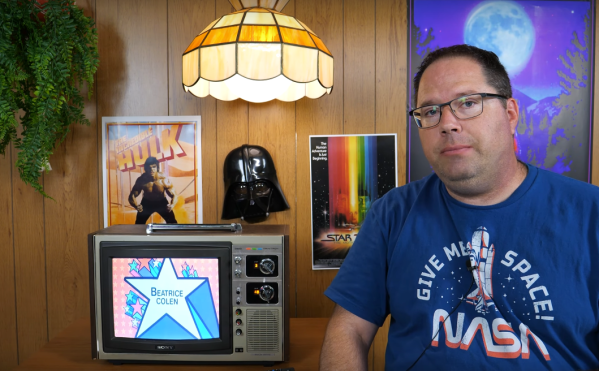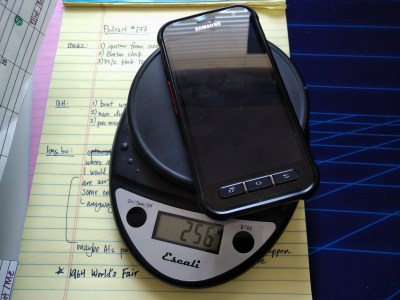Join Hackaday Editor-in-Chief Elliot Williams and Staff Writer Dan Maloney for their take on the hottest hacks in a hot, hot week. We found a bunch of unusual mechanisms this week, like an omnidirectional robot that’s not quite wheeled but not quite a walker either. Or, if you’d rather fly, there’s a UAV that’s basically a flying propeller. There’s danger afoot too, with news of a chess-playing robot with a nasty streak, a laser engraver that’ll probably blind you, and a high-voltage corona motor that actually does useful work. We’ll use our X-ray vision to take a deep dive into a 60-GHz phased array antenna, let a baby teach a machine what it means to be hungry, and build a couple of toy cameras just for funsies. Balloons as a UI? Maybe someday, thanks to ultrasonic levitation. And we’ll wrap things up by snooping in on the Webb telescope’s communications, as we find out how many people it takes to make wire harnesses. Spoiler alert: it’s a lot.
Check out the links below if you want to follow along, and as always, tell us what you think about this episode in the comments!

















